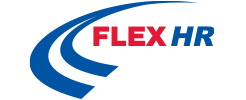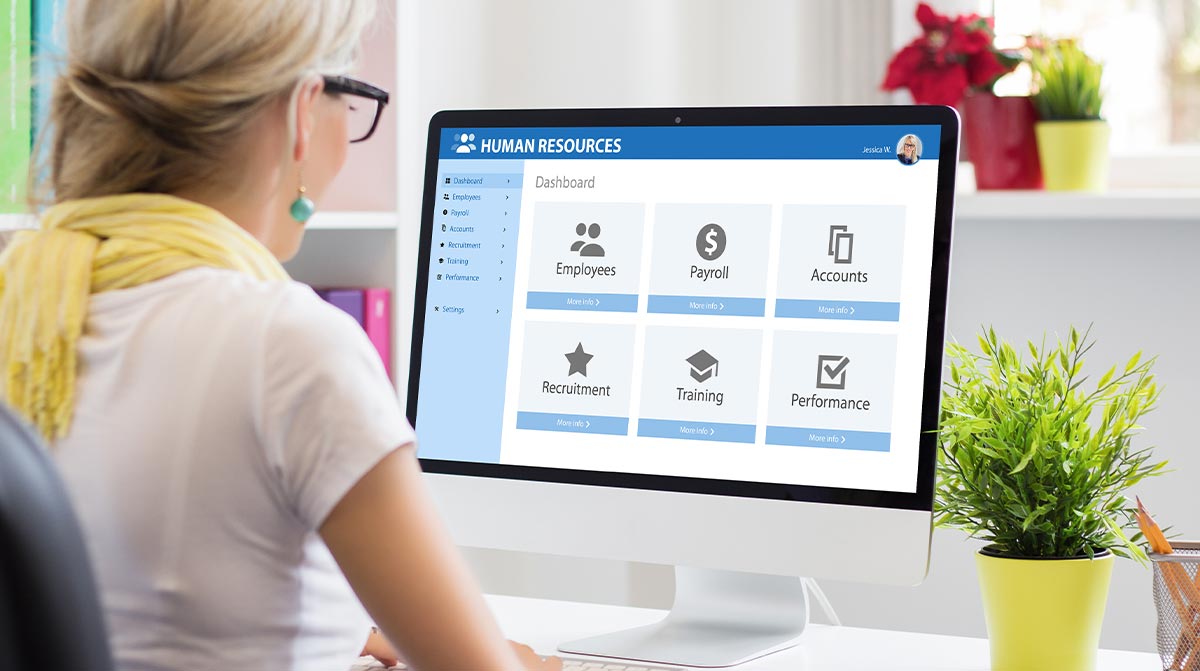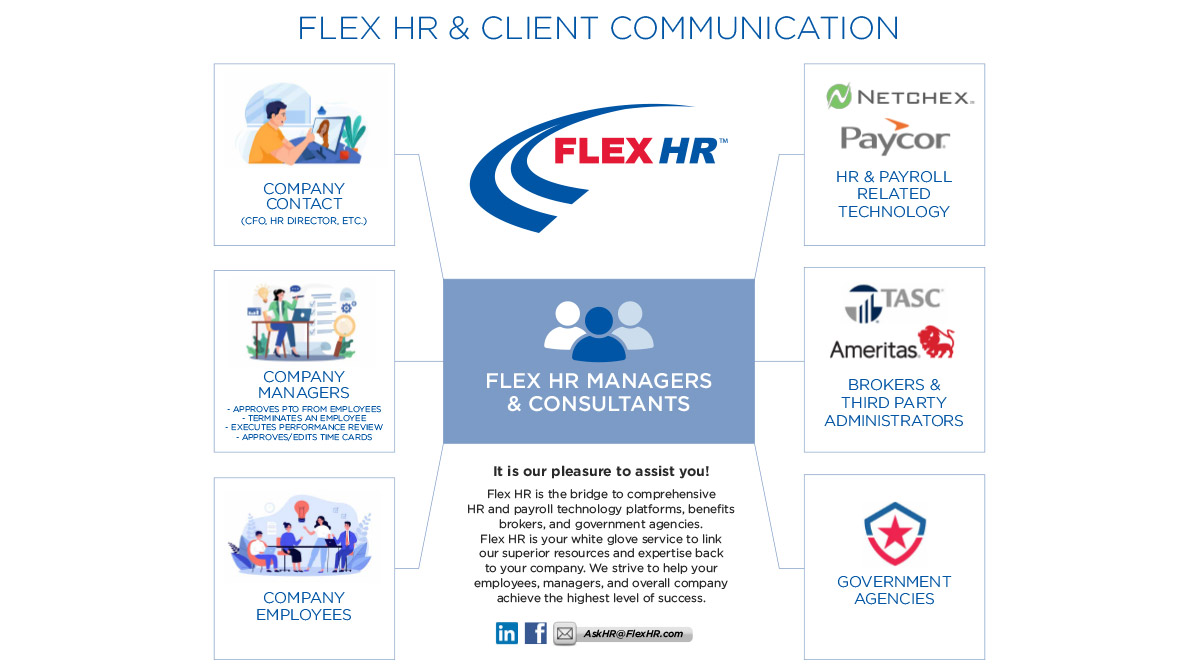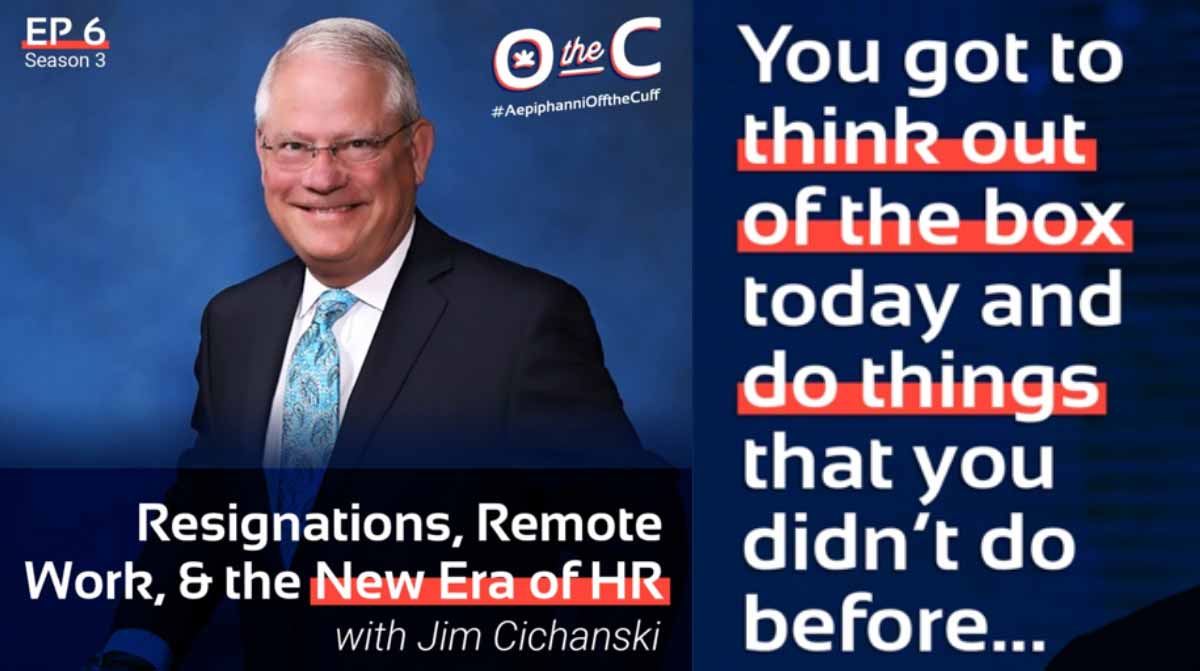Flex HR is Your Remote Company’s HR & Payroll Resource
Ever since the COVID-19 pandemic took over and businesses had to close their office doors, working from home has become the preferred method by many employees and employers alike. While working remotely is not a new concept, it has certainly evolved into a majorly heated debate among employers.
For company owners, it reduces the overhead costs of an office, copy machine, office equipment, and more. For employees, it takes away commute times and allows them to live where they would like to be, regardless of a company’s headquarters.
Consequently, there has been a significant increase of businesses with regularly teleworking staff. Businesses are progressively looking to outsource their HR and payroll necessities appropriately.
Flex HR is your go-to for Human Resources and payroll as your company either starts off as fully remote or your office space is eliminated; therefore promptly becoming 100% remote. We work with a variety of companies that have fully or partially isolated workforces and have the answers when it comes to all the unknowns of a remote working environment.




















